by Neil Anderson
The Precautionary Preclusionist would have you believe that the human spine is a poorly designed structure that generally, if not eventually (if you persist in moving around in broad strokes, under ANY load, at speed), will hamper your ability to function. As a precaution, it is their recommendation that ANY movement involving the spine, when done in a large range of motion, at ANY speed, under ANY load, is to be precluded from your workouts.
Many Preclusionists believe that the human spine is simply a throw-back from our quadrupedal evolutionary past and that most modern bipedal movement patterns are dangerous to our long-term functionality. To offset the impending doom of the poorly designed human spine, many of these experts suggest that you do ONLY slow movements, within the neutral spine position, under minimal load.
Some of the movement patterns eschewed by the Preclusionist are: flexion (bending forward), extension (bending backward), abduction (bending away from the midline), adduction (bending toward the midline), and twisting. Yep, that is pretty much EVERY movement your spinal column makes.
Other Preclusionist no-no's are: high speed training, use of momentum, loading away from the midline, reactionary training, and mixing of the movement patterns.
Some of the exercises they think too dangerous to perform safely are: front squats, back squats, deadlifts, situps, leg raises, snaking pushups, cleans, jerks, push presses, kettlebell swings, weighted side bends (tick-tocks), snatches, jumping, bounding, leaping, sprinting, etc.
I have even been in the room when Preclusionists suggested their patients (normal healthy adults) refrain from vacuuming, mopping, sweeping, gardening, lifting baby, carrying baby, carrying a purse, carrying a backpack, pushing the lawn mower, throwing a ball, etc.
GPP believes this type of thinking is out-dated and silly.
We believe that the human spinal column is one of God's greatest engineering achievements. It is not an evolutionary mistake. It is, in fact, uniquely adept at bending, extending, leaning, and twisting. It is indeed MADE to do all of these under load, in combinations, with large ranges of motion, at speed, using momentum. It is our experience that, when used in these ways, the human spinal column and its supporting structure becomes stronger, more functional and LESS prone to injury.
Precautionary Preclusionism has its place. It is well suited for rehabilitative pursuits. Beyond this, we have found that the very movements we have been persuaded to stay away from are usually the ones most likely to prevent injury and promote function.
